From ambition to action: building Europe’s Defence Union
Past event In person

- Area of Expertise
- Peace, Security & Defence
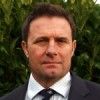
Hamish de Bretton-Gordon OBE is Managing Director CBRN at Avon Protection; Director of Doctors Under Fire; advisor to UOSSM; Chemical, Biological, Radiological & Nuclear (CBRN) Counter Terrorist Expert
The manifest dreadfulness of the Syrian crisis requires the international community, and particularly Europe, to look at options to invest in Syria. This does not include the drain of Syria’s brightest and best to advanced countries around the world, something that would condemn Syria to terminal and irreversible decline.
The ‘humanitarian safe zone’ concept recognises that rehoming more than five million refugees is not a long-term option for Syria. If nothing is done to reverse the outflow from Syria, this could grow by another seven million people, who are currently displaced in Syria and who are most definitely heading to Europe.
Safe zones would also be the catalyst to rebuild this flattened and devastated land and get meaningful amounts of aid in quickly. Europe, with its resources and know-how on Syria’s doorstep, should take the lead.
Europeans have hitherto failed to provide military support to protect the people of Syria. Now is the time to show some European unity and strength to rebuild this shattered land to which too many have turned a blind eye.
The humanitarian safe zone concept acknowledges that a clear majority of Syrians want to remain in Syria or return to Syria, if it is freed of the tyranny and the terror of the self-style ‘Islamic State’, or Daesh. The President of the United States, Donald Trump, now supports safe zones for Syria, and this could be the key to getting Russia and Iran to sign up to this approach too. Russia, not unexpectedly, suggests caution – but it does not dismiss the idea. A pilot scheme in north-west Syria is achievable, in my opinion, and the best way to get this process underway.
A 1,500-square-kilometre safe zone in north-west Syria could be bounded by a line from Kilis in the North, to Aleppo, south to Idlib, and around to Reyhanli. This pilot scheme would enable re-investment in Syria; to begin to reverse the exodus of Syrians, especially the intellectuals and young people; to create the conditions in Syria that would enable refugees to return and begin the prospect of some sort of civilised future for Syria.
Safe zones would be the catalyst to rebuild Syria, the flattened and devastated land, and get meaningful amounts of aid in quickly
The aim is to restore hope to the Syrian people who have been attacked by the country’s President, Bashar al-Assad, and Daesh to a point where life in Syria is untenable for the vast majority of the population, leading them to take great risks to abandon their country for the prospect of a better future, especially in Europe.
The ceasefire brokered in the Kazakh capital, Astana, last month now offers hope that safe zones could be achieved relatively quickly – but Europe should take the lead with the ‘heavy lifting’ to rebuild this shattered country.
The pilot scheme could be a bridge-head for Syrians to re-occupy their country as the viable alternative to the ill-perceived life of peace and prosperity in Europe. If successful, the concept can be replicated in the south, on the Jordanian border and beyond. At the same time, the global fight against Daesh can begin in earnest in Syria with US, UK, Turkey, Russia and all allies working together, with the safe zone expanded into areas when liberated from Daesh.
The proposed safe zone in north-west Syria is currently free of Daesh and Assad regime troops, and is located some way from Russian key locations in Syria, Latakia and Tartus. The area is not thought to be of strategic interest to Russia, so it makes an ideal location to set up the first safe zone. United Nations forces will be needed to deliver aid and support reconstruction. Europe should step forward to provide these troops. The UK has suggested it would, and most other European countries also have excellent soldiers for this type of task.
There are currently about 500,000 refugees in camps on the Syrian side of the border living in extreme despair and poverty. Food, water and electricity could flow in from the many aid groups situated just over the border in Turkey, and refugee camps expanded. Syria Relief, a British charity, runs some of the very few functioning schools, but a generation of children is still completely missing education. This can be reversed.
Meanwhile, international medical charity UOSSM runs several very effective hospitals and clinics in the area, and is prepared to up its efforts if the safe zone materialises. UOSSM figures indicate that 75% of children between the ages of 9 and 13 suffer from post-traumatic stress disorder (UOSSM figures): these children need urgent help.
UOSSM has proved it can run effective medical facilities in the area. Our main hospital at Bab al-Hawa, just over the Turkish border near Reyhanli, has treated many of the most challenging cases from east Aleppo and continues to do so, but is short of some critical medicines and equipment. UOSSM has proved that it can service medical facilities across this region, and its model of local employment of doctors and logistic networks, financed by international donors, is a model worth following (or at least bears scrutiny to replicate its success).
There are currently about 500,000 refugees in camps on the Syrian side of the border living in extreme despair and poverty
Safety and security are the underlying and critical requirements for the safe zone. The Assad regime must stop dropping barrel bombs indiscriminately on civilians, which kill many people each week and cause more people to leave. Places like east Ghouta are still under attack even with the ceasefire in place. Chlorine barrel bombs are perceived as the greatest terror on the ground ‒ “we can hide from bombs and bullets but not gas”, says one civilian.
Security in the safe zone could be supported by naval ships in the eastern Mediterranean, with radar and missiles. This would negate the need for coalition aircraft to fly in ‘Syrian and Russian’ airspace, which is guarded by effective anti-aircraft assets.
Humanitarian aid and infrastructure must be allowed to flow into the area as quickly as possible. Many aid groups have stockpiled equipment on the Turkish side of the border for this eventuality. But there is going to be a huge challenge to get this aid in as the two crossings at Reyhanli and Kilis are in poor condition. But with coordination and energy, I believe this challenge can be met.
Accommodation, ideally prefabricated at first, needs to be rapidly provided. The refugee camps need to be expanded; homes, schools, roads, bridges, electricity infrastructure needs to be built. The mobile phone network has proved remarkably resilient, and is of course the reason we have been able to morbidly and helplessly follow the atrocities as they unfold in real time.
Nobody is under any illusion about the challenges ahead for safe zones in Syria. It will require Turkish, Russian, Iranian, American, British, European and international support and agreement. Significant resources are required for success, and this is where the wealthy European nations should step in. It will cost less than housing between five and 12 million people in Europe and less than allowing the terminal decline of this once-great nation.
But most importantly, leadership is required, however imperfect. The Astana talks have bought what looks like a meaningful ceasefire. President Trump and his Russian counterpart, Vladimir Putin, look set to talk. But it is Europe that has most to gain from a peaceful Syria, and with its considerable skills and resources for ‘muscular’ humanitarianism, Europe could start to get Syria back on its feet.
There is just a glimpse of a silver lining for Syria in these troubled times. Let’s hope that those who shout loudest in Brussels do not miss this fleeting opportunity to save Syria and provide some moral benefit for the world as a whole.
Past event In person

Next event In person & Livestreamed

Next event In person & livestreamed
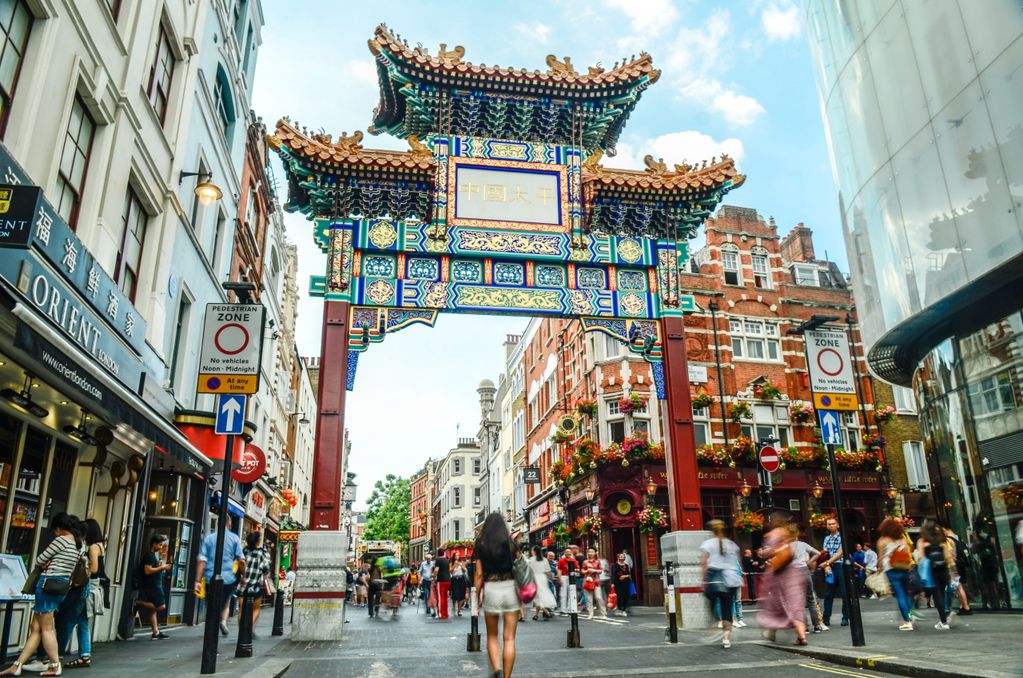
Past event Online

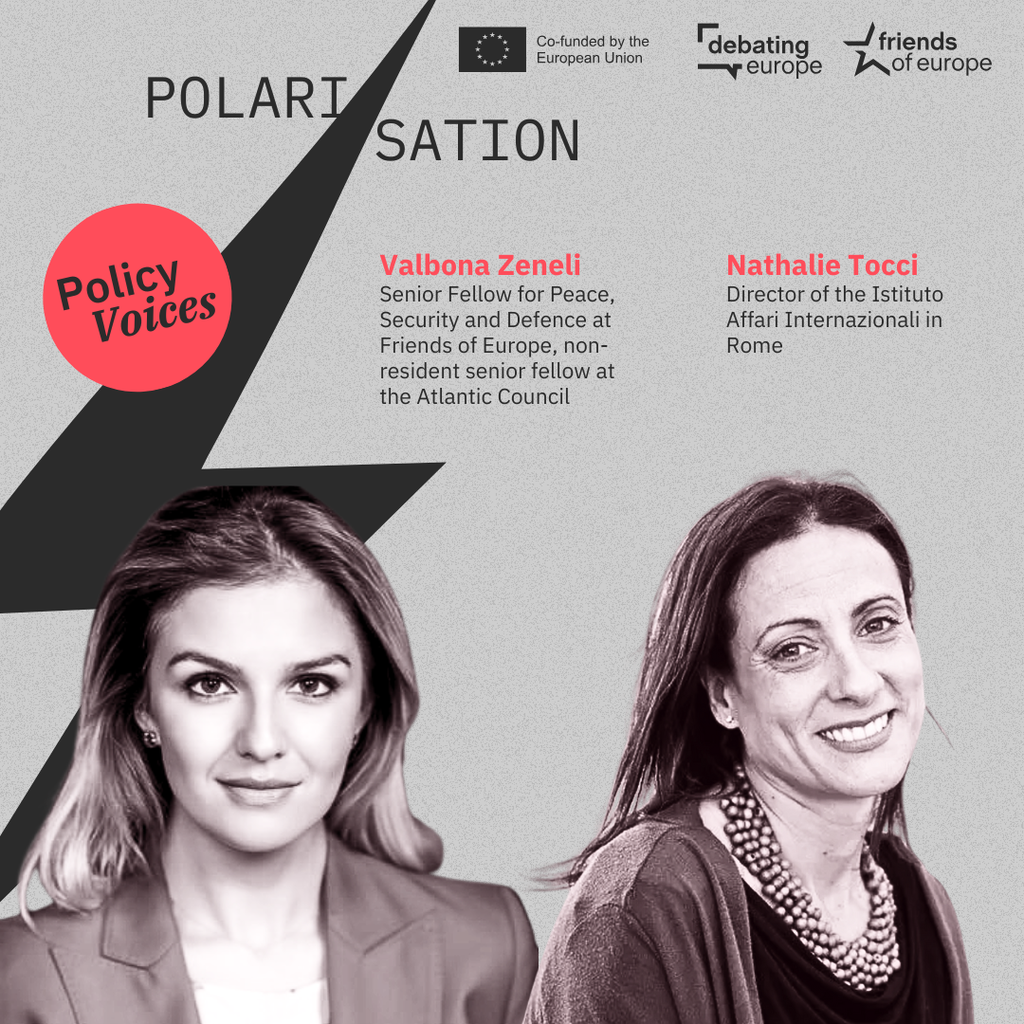
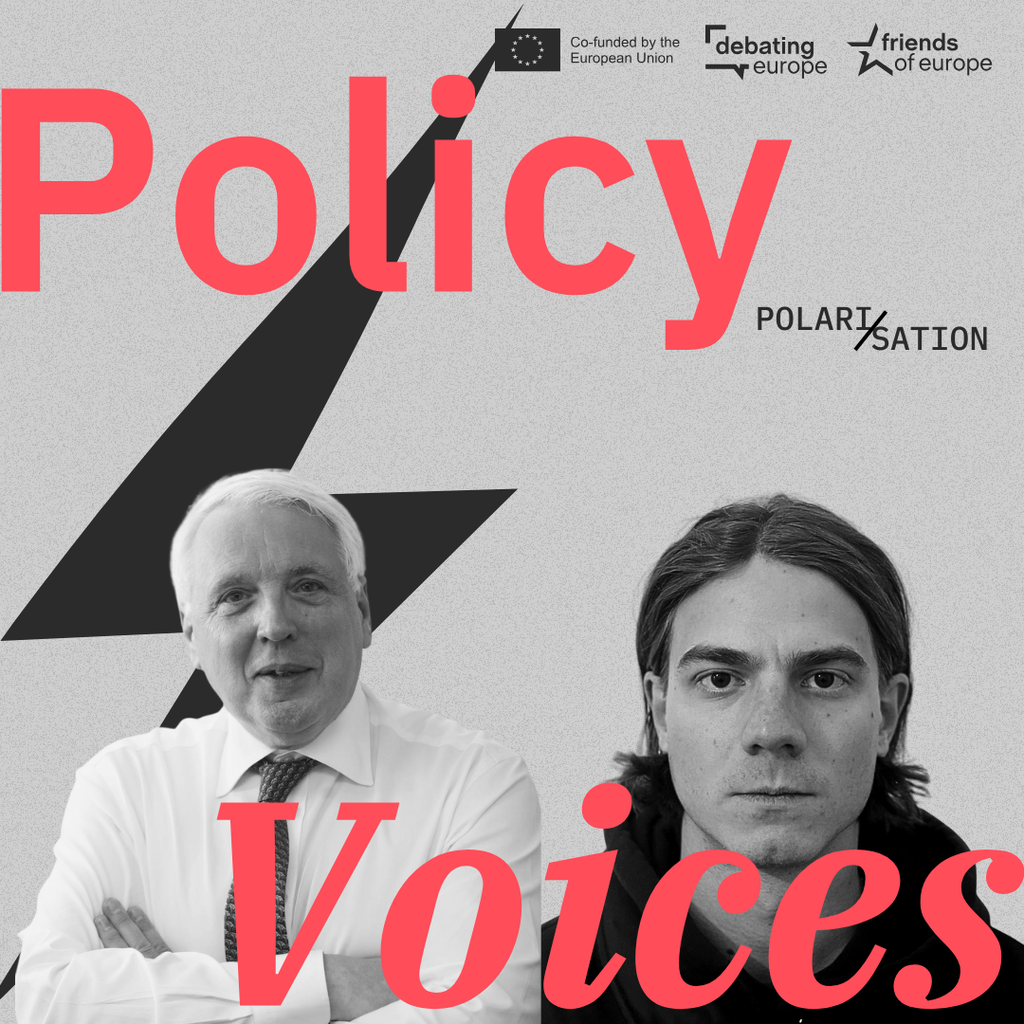

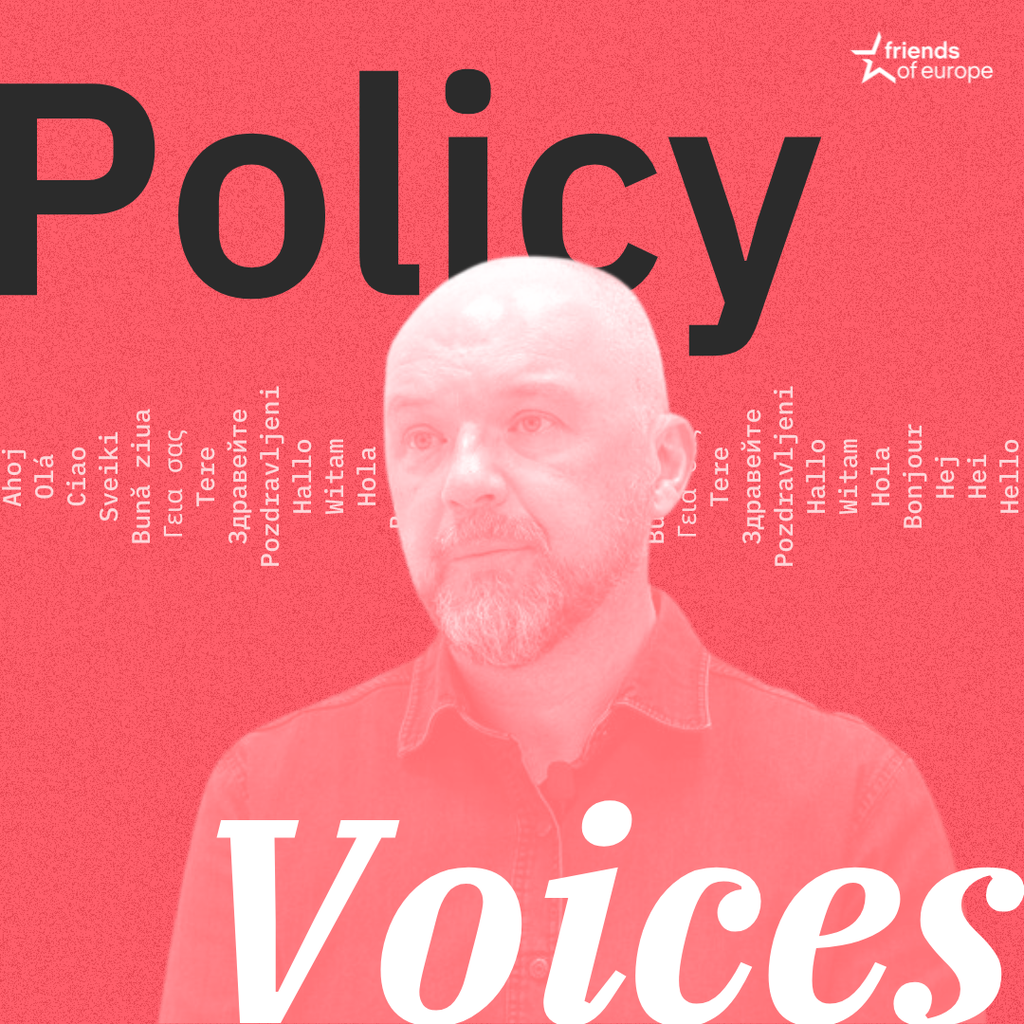
Stay informed
We use cookies and similar technologies to adjust your preferences, analyze traffic and measure the effectiveness of our campaigns. Learn more about our privacy policy.